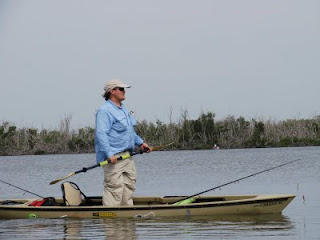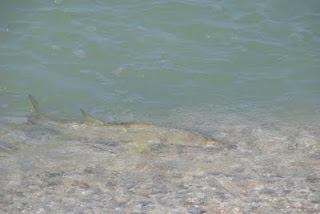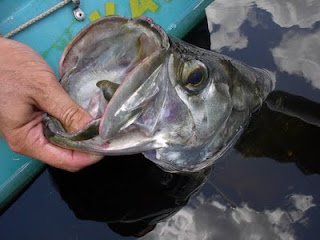



Kayak fishing is the fastest growing segment of the sport.
There are a number of reasons for the surge: 1. Kayaks are inexpensive when compared to flats skiffs; 2. There's no gas required; 3. Maintenance is limited; 4. Anglers can fish areas not accessible to motorized vessels.
But what's the best kayak for you?
That's simple. Ask a kayak angler and he'll tell you the best boat is the one he owns. And why not? Why would he own that particular craft if he didn't think it was the best?
But just like automobiles, boats and fishing lures, kayaks come in every size, shape, color and description.
In my opinion, many beginning kayak anglers make the mistake of choosing a model because of price. That's understandable, but perhaps not the way to go. Considering most fishing kayaks range in price from $450 to about $1,800. If you're a little short on cash, hold off on your purchase until you save the required amount.
Realize there are several different types of kayaks: sit-on-top and sit-in. Sit-in kayaks are what most people envision when they think of these vessels. Many SIKs aren't suitable for fishing because you're severely limited in the amount of tackle you can carry.
Most sit-on-tops are made for fishing. They're stable, beamy and had amenities such as rod holders. Some of the top brands include Wilderness Systems, Hobie, Ocean and Heritage. Native Watercraft makes several SITs such as the Magic and Manta Ray.
I'm sponsored by Native and I own the Ultimate 14.5. It's 14 feet, 6 inches in length and is what as known as a hybrid kayak. It's sort of a cross between and sit-on-top kayak and a canoe.
I fell in love with this boat immediately. It's wide open and can carry a lot of gear. When I take people out on all-day charters (I'm a kayak fishing guide; http://www.kayakfishingsarasota.com/), I carry a 36-quart cooler full of ice, sandwiches, snacks and drinks. You couldn't do that in most SOTs.
I also love the stability. The Ultimate is so stable that you can stand up and fish in them. That's gives you a real advantage when sight-fishing the flats.
The Ultimate also features the best seat in the industry; a real plus when you're planning to be out all day. It completely eliminates sore butts!
The Ultimate also tracks straight. Paddle corrections are rarely needed. Native offers a rudder for the Ultimate, but it's not really needed.
The Ultimate comes in a peddle model, but I'm a purist and prefer a paddle. If you're hellbent on a peddle, realize that you have forward and reverse in the Ultimate's Propel model. I don't think any other kayak manufacturer offers that. Reverse is important when you're fishing docks and other structure and need to move away. Otherwise, big fish will pull your kayak under the structure.
"Hands-free" fishing is something another manufacturer touts, but, believe me, the Ultimate really does feature hands-free fishing when you learn the nuances.
But realize, I own Ultimates. And the best kayak is whatever the person you ask owns.
Check out all of Native Watercraft's models at http://www.nativewatercraft.com/.
If you have any questions about fishing kayaks, please feel free to drop me an email at steve@kayakfishingsarasota.com or call me at 941-284-3406.





















